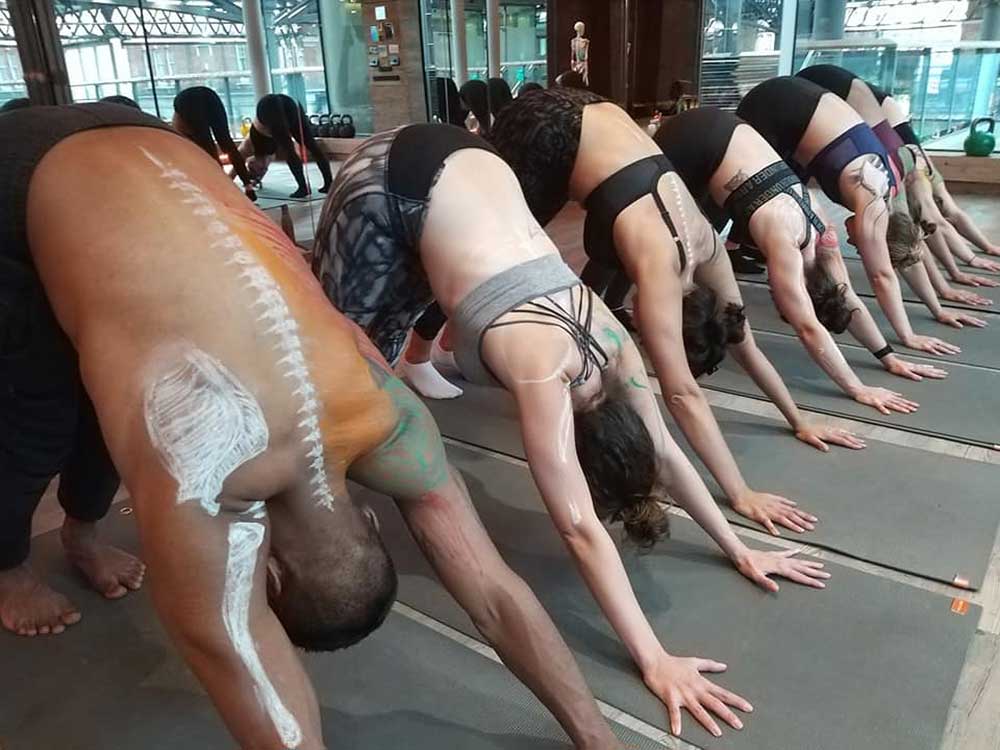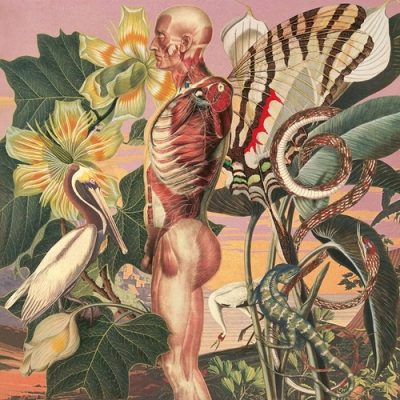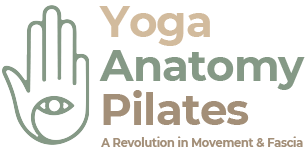
CPD : Embodied & experimental movement anatomy
- Easter weekend 4-day course – 10th, 11th, 12th & 13th April 2020 included
- Venue: Pilates Manchester, 5 Wharf Road, Sale, M33 2AF
- Time:: 10- 5pm Fri, Sat, Sun & Mon (24 hours lessons plus one hour lunch each day)
- CPD : 24 hours
- Pre-requisite Reading: “Fascia, Anatomy & Movement” – Jo Avison, “Bowen Unravelled” – Julian Baker
- Cancellation Policy: See Here
- Bed & Breakfast: See Here
Cost : £425 early bird including manual
Pilates Anatomy for enthusiasts & teacher training programmes
 It’s hard to deliver anatomy on your teacher training and provide your students with latest up to date information in fascia and movement. Nisha now provides the anatomy that will give your students the ability not only to pass the exam but to keep this subject exciting and apply it to the pupils in front. The content is delivered through art, exploration, kinaesethic and creative learning. Our modules have been researched using cadaveric material rather than just producing pretty artwork showing origins and insertions. We want to think about the integrated system, a network of connections, the subtle body using elements of life coaching, body therapy, dance, bodywork, somatic and martial arts. The course is held over 4 days usually two weekends and is 24 hours in total. A comprehensive manual is also provided so that the student does not have to worry about remembering everything and writing things down. Nisha is often known as ‘The Radical Anatomist’ so this course is totally different from all others. The course provides the basic framework. the candidate or school can then go deeper once qualified with the more in depth modules on our site.
It’s hard to deliver anatomy on your teacher training and provide your students with latest up to date information in fascia and movement. Nisha now provides the anatomy that will give your students the ability not only to pass the exam but to keep this subject exciting and apply it to the pupils in front. The content is delivered through art, exploration, kinaesethic and creative learning. Our modules have been researched using cadaveric material rather than just producing pretty artwork showing origins and insertions. We want to think about the integrated system, a network of connections, the subtle body using elements of life coaching, body therapy, dance, bodywork, somatic and martial arts. The course is held over 4 days usually two weekends and is 24 hours in total. A comprehensive manual is also provided so that the student does not have to worry about remembering everything and writing things down. Nisha is often known as ‘The Radical Anatomist’ so this course is totally different from all others. The course provides the basic framework. the candidate or school can then go deeper once qualified with the more in depth modules on our site.
Course Overview:
Joseph Pilates held a belief that he was 50 years ahead of his time
Even today, although the original method has changed as it has spread across the globe, the basic principles that form the foundation of the method still hold true.
The Pilates method aims to promote the following:
Our workplace environment has become more sedentary and our leisure time has followed suit. Children now spend more time in front of the TV and computer than ever before. These habits follow us into adulthood. The era of couch potato is upon us and we have failed to notice the fact until it’s too late.
This means we start to form faulty habitual patterns, creating imbalance in our bodies. Over time continuous repetitive movement becomes set in the memory of the body. These set movements or engrams as they are known, stay with us for many years e.g bike riding, we can jump back after many years absence.
 Engrams also set a neuromuscular patterns in our brain so certain movements become habitual. These habits may not affect us for years, but problems will occur when we change a habit and attempt a different movement.
Engrams also set a neuromuscular patterns in our brain so certain movements become habitual. These habits may not affect us for years, but problems will occur when we change a habit and attempt a different movement.
Our pattern of movement then becomes our safety zone, even if we know we move in an ungainly way. Varying a set pattern however natural the set pattern causes confusion both physically and mentally. For a new pattern to become habit takes far longer than we might anticipate, many people assume that when pain occurs it can be fixed immediately and permanently. The directions of the forces that are placed on our joints are also a determining factor in the result.
To understand the Joseph Pilates method we first need to learn the principles behind the technique. being coherent of the essentials is akin to drive a car without an engine. You may cruise down the hills but driving becomes extremely hard work when you reach uphills.
- Concentration – “Concentrate on correct movements each time you exercise, lest you do them improperly and thus lose all the vital benefits of their value”.
- Centering – “”A few well-designed movements, properly performed in a balanced sequence, are worth hours of doing sloppy callisthenics or forced contortion.”
- Breathing – “To breathe correctly you must completely exhale and inhale always trying very hard to squeeze every atom of impure air from our lungs in much the sam manner that you would wring every drop pf water from a wet cloth”.
- Control – “ideally our muscles should obey our will. reasonably our will should be dominated by the reflex actions of our muscles”.
- Precision – “Correctly executed and mastered to the point of subconscious reaction, these exercises will reflect grace and balance in your routine activities”.
- Flowing movement – “Contrology is designed to give you suppleness, natural grace and shall that will be unmistakably reflected in what you did”.
- Isolation – “Each muscle may cooperate and loyally aid us in the uniform development of all our muscles”.
- Routine – “Patience and persistence are vital qualities in the ultimate successful accomplishment of any worthwhile endeavour”.
